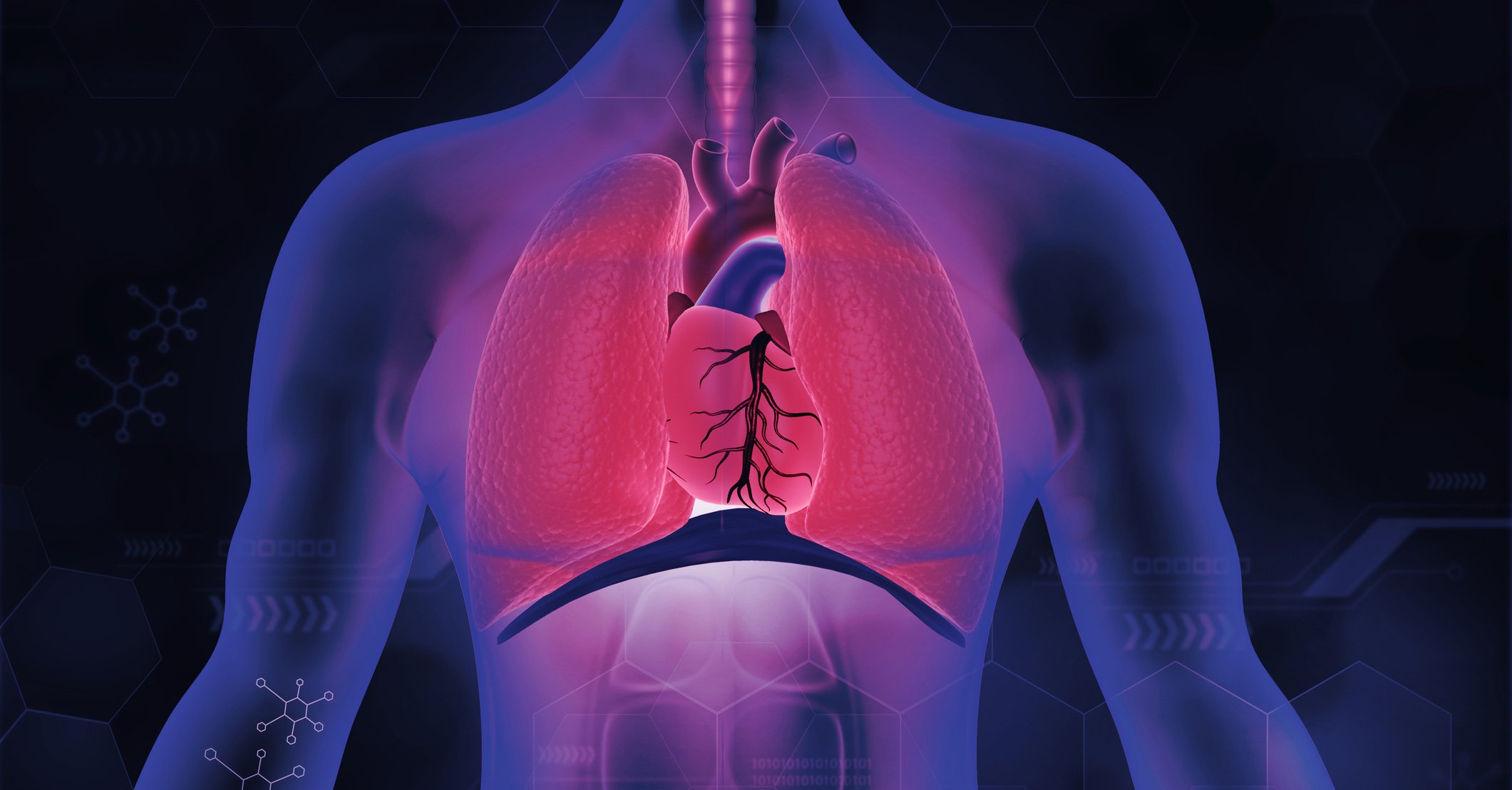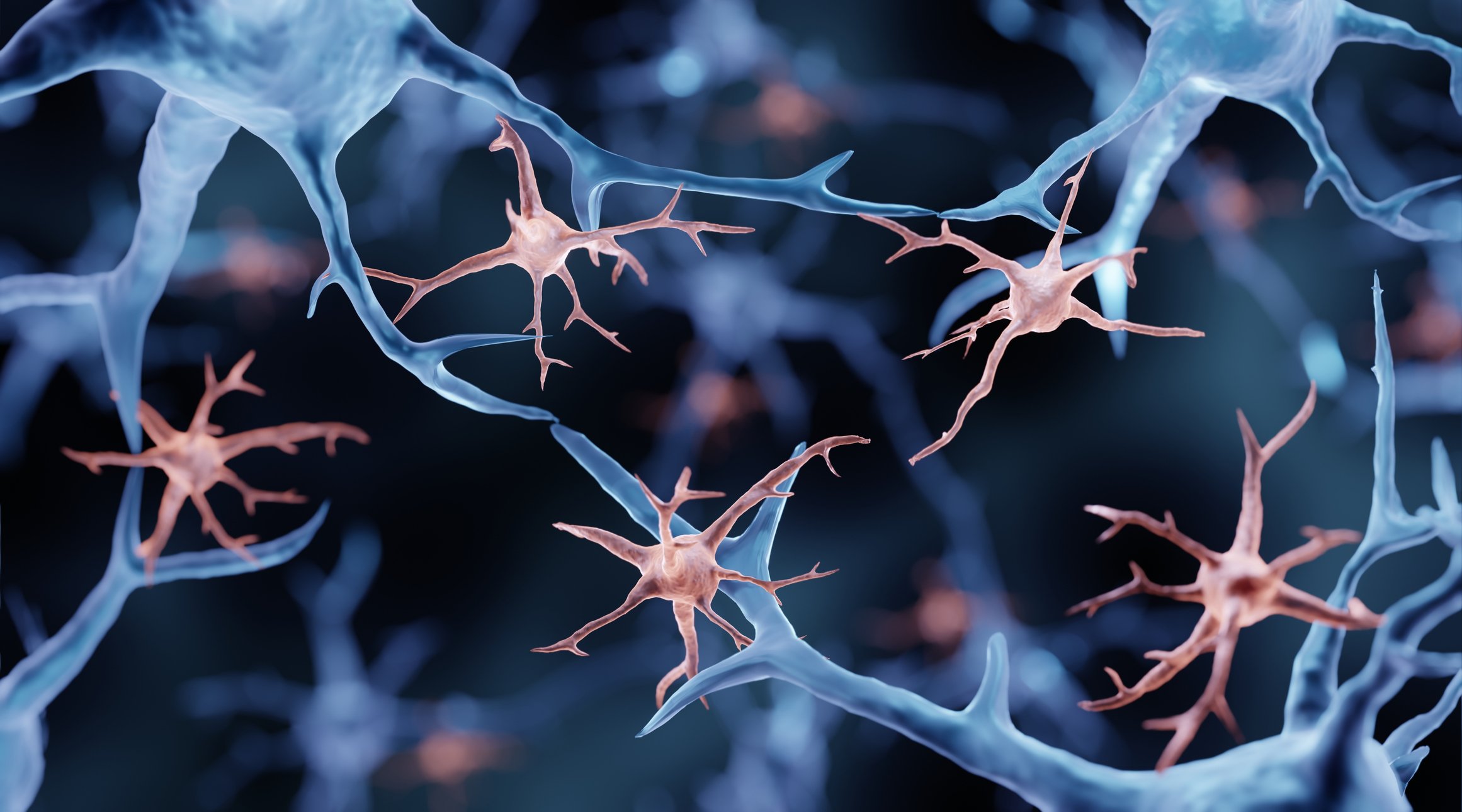Both continuous glucose monitoring (CGM) systems and sensor-assisted insulin therapy are already widely available. Devices for automated insulin delivery (AID) such as hybrid or closed loop AID will play an increasingly important role in the future. An important parameter in connection with CGM systems is the “Time in Range”. This reflects the extent of glucose variability over one or more days.
The use of continuous glucose monitoring (CGM) plays an increasingly important role in diabetes management [1]. Nowadays, a wide variety of CGM systems are offered. With the aid of a fine sensor thread, the glucose level in the interstitial fluid of the subcutaneous fatty tissue is measured. This means that tissue glucose, rather than blood glucose, is measured. Among other things, CGM systems can be used to determine the time in target range (“TIR”) (Fig. 1, Fig. 2). While HbA1c is the established parameter for long-term metabolic control, TIR is used to measure short- to medium-term glucose control.
CGM enables differentiated glucose profiles
The effects of continuous glucose monitoring are less accentuated in those patients who already have very well controlled diabetes than in cases where this is not the case, but: “The vast majority of our patients benefit in terms of their quality of life,” emphasized Sebastian Petry, MD, University Hospital Giessen and Marburg [2]. Keeping a detailed blood glucose diary becomes obsolete when using a CGM system, since insulin and carbohydrate amounts are automatically recorded when using a bolus calculator, and glycemic data are recorded directly via the sensor [3]. These data are presented in numerical or visualized form.
Time in target range is correlated with diabetes-associated complications
By using continuous glucose measurement, one can define individual target ranges and TIR provides a better representation of hypoglycemia and glucose variability than HbA1c. The lower the TIR, the higher the glucose variability and the higher the risk of hypo- and hyperglycemic complications [4]. Studies show that there is an association between low “time in range” and diabetes-associated retinopathy, microalbuminuria, and neuropathy [5]. The fact that a good TIR correlates negatively with the occurrence of diabetic long-term complications has also been empirically proven [1].
International guidelines recommend aiming for a TIR value of at least 70%. This means that more than 70% of the blood glucose values are in the target range during the course of a day (Fig. 2) [6]. Regarding avoidance of hypoglycemia, consensus guidelines have suggested less than 4% of the day below 70 mg/dl and less than 1% below 54 mg/dl as a guideline [6]. Dr. Petry pointed out that the amplitudes of glucose values vary widely interindividually [7]. Against this background, TIR was playing an increasingly important role. 11-12% more time in the target range, means 2 hours a day and about 14 hours a week, the speaker indicated. A TIR of 70% corresponds approximately to an HbA1c value of 7.0% (53 mmol/mol) [6].
| Insulin delivery: in addition to pumps and pens, now also “smart pens “Smart pens” are newly approved innovative insulin applications. The generated data on insulin dose, time of insulin injection and type of insulin are transferred to the cloud via the Internet or fed into special apps. The smart pens use different technologies to determine the amount of insulin delivered by the pen and how much insulin is left in the insulin cartridge integrated in the pen. Data on when patients inject which insulin and at what dose can be used to optimize insulin therapy, e.g. by administering more prandial insulin. This is particularly useful for patients on intensified conventional insulin therapy (ICT) with multiple applications of different insulin types per day. This closes an important gap in diabetes management. |
| to [13] |
Type 1 and type 2 diabetics can benefit
Particularly in pediatric type 1 diabetics, the utilization rate of these advanced technologies is high. [3]. About 80% of diabetics use glucose sensors, Dr. Petry reported. [2]. He gave a brief overview on the development of modern diabetes technologies. Sensor-assisted pump therapy was followed by automatic hypoglycemic cutoff
suggested as a guideline value less than 4% of the day below 70 mg/dl and less than 1% below 54 mg/dl [6]. Dr. Petry pointed out that the amplitudes of glucose values vary widely interindividually [7]. Against this background, TIR was playing an increasingly important role. If 11-12% more time is achieved in the target range, this means 2 h per day and about 14 h per week, the speaker indicated. A TIR of 70% corresponds approximately to an HbA1c value of 7.0% (53 mmol/mol) [6].
Type 1 and type 2 diabetics may benefit
Especially in pediatric type 1 diabetic patients, the utilization rate of these advanced technologies is high [3]. About 80% of diabetics use glucose sensors, Dr. Petry reported [2]. He gave a brief overview on the development of modern diabetes technologies. Sensor-assisted pump therapy was followed by automatic hypoglycemic cutoff and, in a next step, predictive hypoglycemic cutoff was developed. The latter interrupts insulin delivery even before a hypoglycemic event occurs.
The launch of hybrid AID systems represented a milestone; these are semi-open systems in which the food-independent basal insulin portion is automatically delivered adaptively, while manual delivery of the insulin bolus is performed at mealtimes. In the “Advanced Hybrid” AID, the control of basal and corrective insulin is automated. And fully-autonomous prandial insulin delivery is referred to as “closed loop.” While PID or MPC algorithms are used for semi-open systems, more complex algorithms are required for closed systems, the speaker knows.
In type 2 diabetes, glycemic variability and hypoglycemia are generally less pronounced than in type 1 diabetes [8]. But there are several study results that show that type 2 diabetics also benefit from CGM systems. For example, in a randomized controlled trial in insulin-dependent type 2 diabetics with poorly controlled diabetes, significant HbA1c reduction was achieved using rtCGM [9]. Regarding T2D patients without complex insulin therapy, some studies indicate an improvement in glycemic control and weight management with the use of CGM systems [10,11].
As per the SGED recommendations for the management of type 2 diabetes updated in 2023, in most cases, a satisfactory HbA1c level is achieved when ≥70% of the hours in the target range (time in range, TIR) have a value between 3.9 and 10 mmol/l [12].
Congress: DGIM Congress
Literature:
- Harer C, Mader JK: “Time in range” (TIR) vs. glycohemoglobin type A1c (HbA1c): what matters for our patients? Diabetology 2022(18): 894-901.
- “Closed Systems for Therapy in Diabetes Mellitus,” Sebastian Petry, MD, Session: Digital Applications in Internal Medicine, DGIM Congress, April 22, 2023.
- Biester T, et al: AID(“automated insulin delivery”) systems in diabetology. Diabetologe 2021(17): 627-637.
- Sartore G, et al: The importance of HbA1c and glucose variability in patients with type 1 and type 2 diabetes: outcome of continuous glucose monitoring (CGM). Acta Diabetologica 2012; 49 (Suppl 1): S153-60.
- Smith-Palmer J, et al: Assessment of the association between glycemic variability and diabetes-related complications in type 1 and type 2 diabetes. Diabetes Res Clin Pract 2014; 105(3): 273-284.
- Battelino T, et al: Clinical targets for continuous glucose monitoring data interpretation: recommendations from the international consensus on time in range. Diabetes Care 2019; 42(8): 1593-1603.
- Philip M, et al: Consensus recommendations for the use of automated insulin delivery technologies in clinical practice. Endocr Rev 2023; 44(2): 254-280.
- Rama Chandran S, et al: Beyond HbA1c: Comparing Glycemic Variability and Glycemic Indices in Predicting Hypoglycemia in Type 1 and Type 2 Diabetes. Diabetes Technol Ther 2018; 20 (5): 353-362.
- Martens T, et al: Effect of continuous glucose monitoring on glycemic control in patients with type 2 diabetes treated with basal insulin: a randomized clinical trial. JAMA 2021; 325(22): 2262-2272.
- Taylor PJ, Thompson CH, Brinkworth GD: Effectiveness and acceptability of continuous glucose monitoring for type 2 diabetes management: a narrative review. J Diabetes Investig 2018; 9(4): 713-725.
- Pickup JC, et al: Glycemic control during continuous subcutaneous insulin infusion versus multiple daily insulin injections in type 2 diabetes: individual patient data meta-analysis and meta-regression of randomized controlled trials. Diabetes Care 2017. doi: 10.2337/dc16-2201
- Gastaldi G, et al: Recommendations of the Swiss Society of Endocrinology and Diabetology (SGED/SSED) for the Treatment of Type 2 Diabetes Mellitus, 2023, www.sgedssed.ch, (last accessed 06.06.2023).
- “Smart pens: a new era begins!”, www.diabetologie-online.de/a/kommentar-smart-pens-eine-neue-aera-beginnt-2396013,(last accessed 06.06.2023).
HAUSARZT PRAXIS 2023; 18(6): 34-35 (published 6/23-23, ahead of print).














